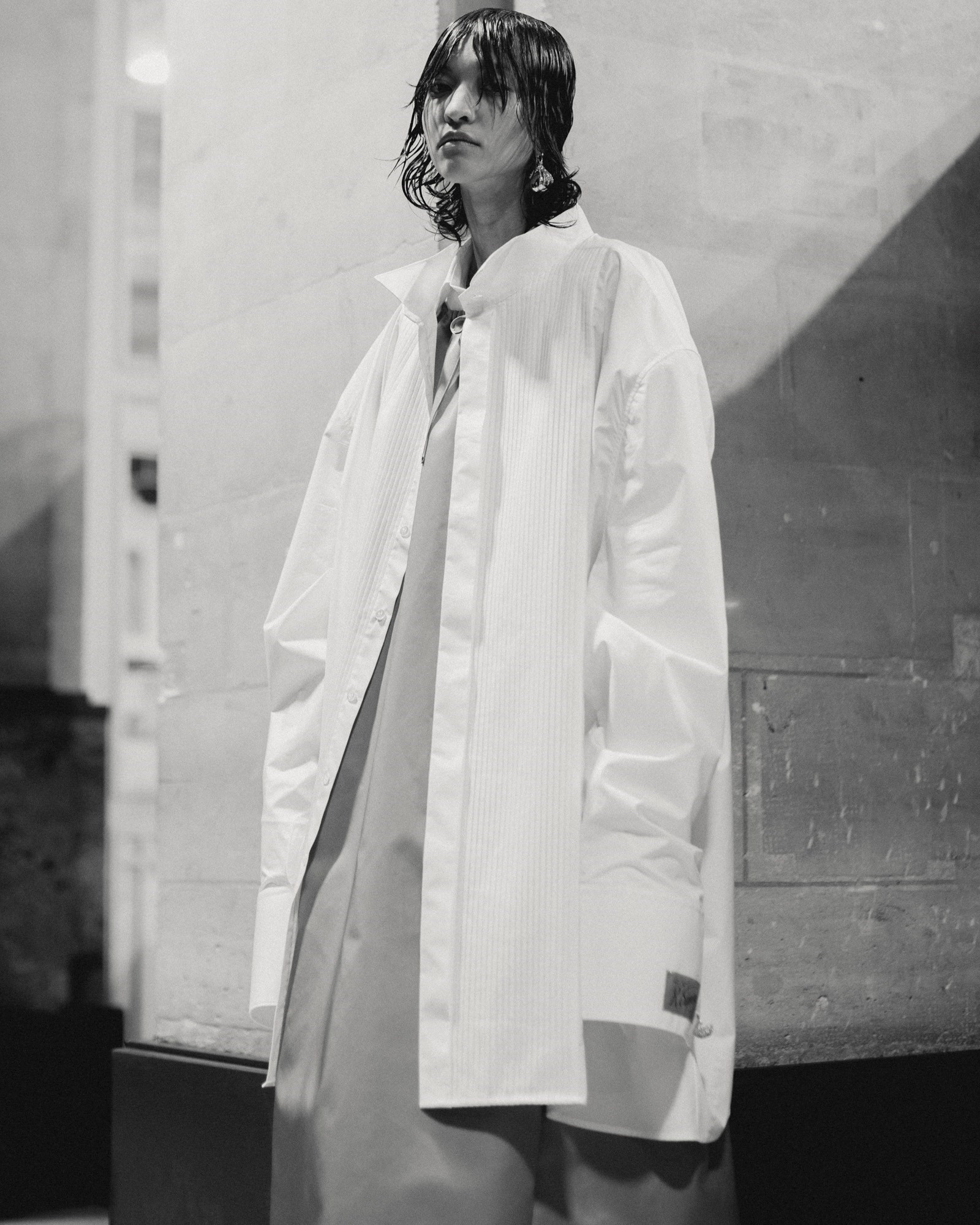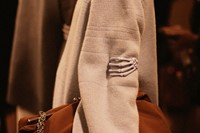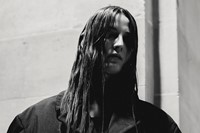“Flashes of future romance in a world full of noise.” How’s that for a collection title? That was the moniker Raf Simons gave to his Spring/Summer 2022 collection – oddly, his first own-label catwalk show on the Paris womenswear schedule, and the first official in-person unveiling of his now dual men’s and women’s lines.
Simons has always been obsessed with youth: “I have always thought – and will never change my mind – that children and kids, youth, are our future,” he told me a few years ago. So, flashes of the future would inevitably, for Simons, lead back to youth. But the fascinating thing about this collection was that it was, actually, neither young nor old, grown-up or adolescent. It felt, rather, as if it was growing up, as if the collection itself was caught in a compelling in-between phase, with the dynamic energy of shifting, evolving life.
I spoke with Simons a few days before the show. He talked about ideas of past, of future, references to history – a smock-like dress, worn by men and women alike, recalled 17th-century underwear; a hat halfway between a soft beret and baseball cap was like something drawn from a Bruegel painting (“I’m obsessed with Bruegel,” Simons said). And even the back of white collared-and-cuffed dress shirts, like those worn by city bankers, wound up resembling the sack-back dresses of 18th-century ladies, intentionally or not. This synthesis of different elements, fragments from present-day memories and the distant past, somehow wound up looking not retrograde but forward-thinking. Especially when Simons began toying with fundamental messages around the clothes we wear, the functions they serve, and what they make of us. Blazers and skirts cut boxy and wide – like school uniforms, bought too big for kids to grow into – were printed with graphics that resembled band T-shirts, blurring together the well-behaved student and the rebellious tear-away into one person. Which, of course, they often can be – you grow out of one identity and into another, and vice versa. Here, you saw them both.
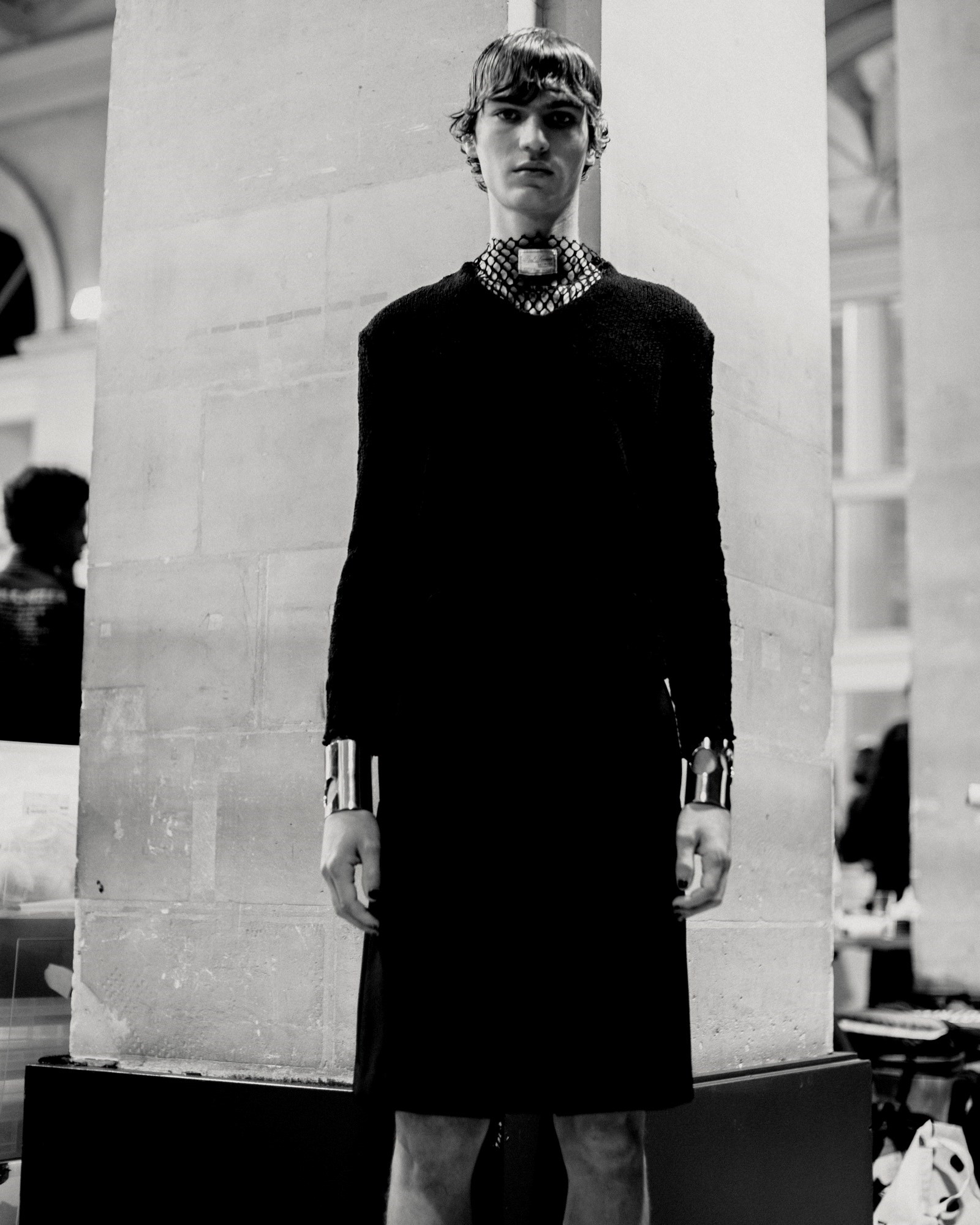
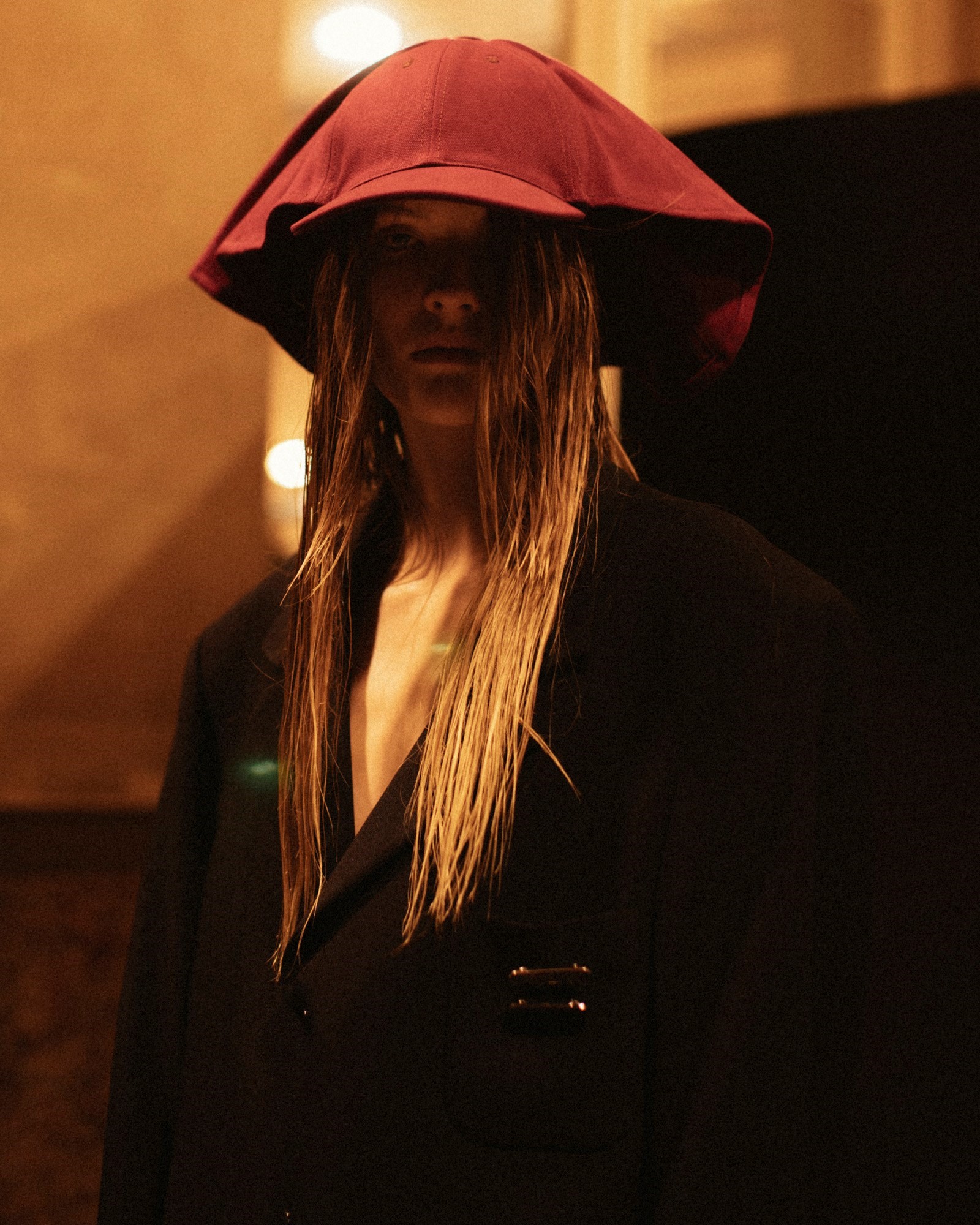
You could get wrapped up in what was fresh and new here – what was desirable and different, like all that tailoring that somehow managed not to feel stuffy or precious, and men in skirts which, for the first time perhaps ever, looked believable. Maybe that’s also due to the shifting eye of our times, but I digress. What was more compelling was what was beneath and beyond the clothes, expressions of youth – an awkwardness, a strength and vulnerability, a maturity and innocence. The paradoxes of growing up. “Flashes of future romance in a world full of noise” were some of the words Simons embroidered on labels, affixed to garments are varied and various points – sleeves across the neck. But this collection seemed to be, at least in part, about a resolute eschewing of those labels society is so keen to place on kids – not least boy or girl. Simons guessed that over half the collection comprised the same garments for men and women, albeit perhaps shortened. He found it fascinating, he said, that an outfit could be completely transformed by the context of its wearer: that that smock-like dress on a man could look gothy and edgy, and on a woman the epitome of couture.
So these were clothes for rule-makers and rule breakers, for old and young. They had meaning, depth and vision. They had soul. Honestly, the best label that describes that is Raf Simons.
